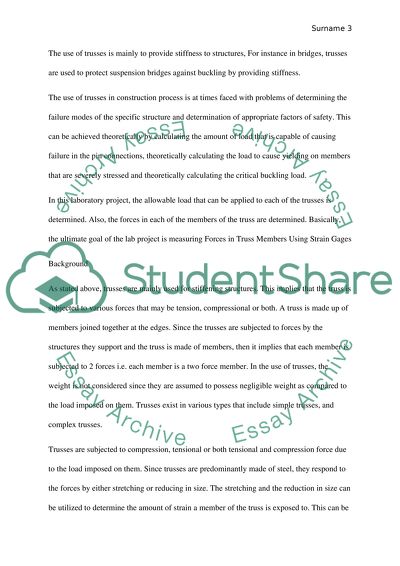Cite this document
(“TRuss Lab Report Example | Topics and Well Written Essays - 1250 words”, n.d.)
Retrieved from https://studentshare.org/engineering-and-construction/1635470-truss
Retrieved from https://studentshare.org/engineering-and-construction/1635470-truss
(TRuss Lab Report Example | Topics and Well Written Essays - 1250 Words)
https://studentshare.org/engineering-and-construction/1635470-truss.
https://studentshare.org/engineering-and-construction/1635470-truss.
“TRuss Lab Report Example | Topics and Well Written Essays - 1250 Words”, n.d. https://studentshare.org/engineering-and-construction/1635470-truss.


